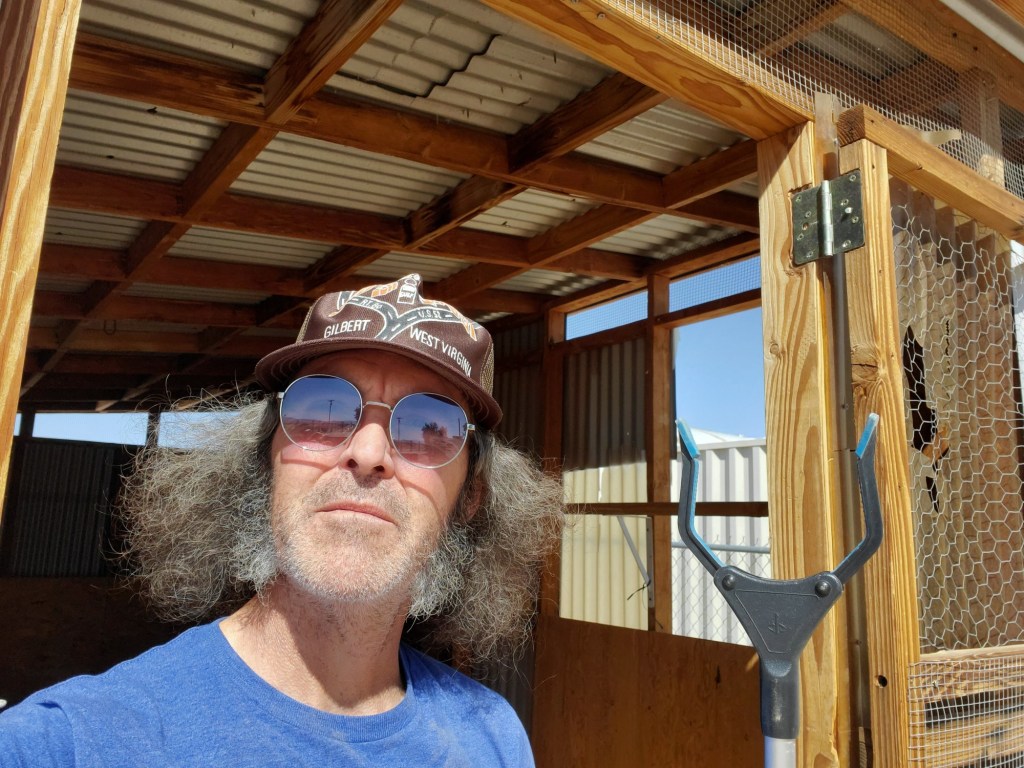
Sometimes, our most profound creative breakthroughs lie buried beneath what we’ve discarded or forgotten.
This year I started using a generative AI tool from Google called NotebookLM. My adventures with GenAI as a writer and a teacher began not as a tech enthusiast but as an assemblage artist accustomed to breathing life into discarded objects and overlooked scraps. My artistic practice revolves around sculpting three-dimensional works from materials often deemed worthless — trash, broken items, and unrecycled recyclables — to ignite conversations about our civic, social, and natural environments.
I believe the actions of GenAI tools can be looked at the same way; they are agents that sift through our entire written record to complete a task we’ve requested. Today, that written record can be the entire internet, or a single book.
Like many writers, I’ve accumulated hundreds of pages of notes, outlines, fragments, and half-formed ideas, originally scattered across various notebooks, napkins, drives, and apps. My entire creative output is a drop in the ocean of internet content, but I have enough scraps and ideas written down to fill a dozen books.
A few years ago, I moved most of these into Google’s note-taking app Keep. My thought was I could sort and search ideas with keywords. In practice I just jotted down a bunch of disjointed notes to myself across several years. I rarely dove back into anything I wrote down ever again. When I did, there was no evidence of that “spark” which compelled me to write it down in the first place.
But I kept up the practice out of fear that I would lose an idea, or even worse, run out of ideas. After working with GenAI as a writer, artist, and teacher since 2019 I’ve come to a startling conclusion: I’m never going to run out of ideas. In fact, I might already have all the ideas I’ll ever need to support my creative output for the rest of my life.
Why do I believe this? Because I can now access many freely available GenAI tools that can assess hundreds of pages of PDF text in seconds. By converting these scattered fragments into one PDF, I created a searchable archive of drafts and whimsical ideas, which my creative self never quite found the resolve to complete.
Initially, my goal was practical: I needed an organized way to highlight recurring themes and articulate them clearly for grant applications and job opportunities in the arts. To that end, I just finished a multiyear interactive arts installation across the Inland Empire. I used GenAI to write closing reports for the grants I received to complete that work, and to also write queries to solicit new grants. My track record as a novice grants writer has exceeded my expectations.
While writing this column, my college had a call for proposals on the topic of the environment. Having little time but lots of content on the subject, I gave NotebookLM a copy of my notes on all my environmentally themed projects and asked it to draft a proposal outline to their published guidelines. Now I can spend the balance of my time making an engaging interactive presentation of my accomplishments rather than spending hours reminding myself what I already did.
Soon, however, NotebookLM opened entirely new possibilities; it operates within a closed database, meaning hallucinations are rare. Each connection it finds comes hyperlinked directly to its original source, allowing me to verify and delve deeper into context with ease. I can add and remove sources as needed, narrowing or expanding the “knowledge” of my GenAI to suit my creative goals.
Unlike human collaborators, it doesn’t become fatigued or demand emotional investments. It does not roll its eyes when I drift into a familiar rant or boring observation. It offers a mostly predictable conversational partner — responding precisely as requested, every single time. When it does not, I don’t have to say “what” a bunch of times until it says, “never mind” and storms out the door; now I can just hit the regenerate button until it says something that helps me.
Most rewarding are the unexpected connections it identifies across my diverse writings, offering insights I’d missed or dismissed. This unbiased attention helps me confidently prune unnecessary clutter — extraneous words in writing and unneeded items in art.
Just as a cluttered workspace can inhibit my vision as an assemblage artist, too many unfocused words obscure the clarity and impact of a narrative. NotebookLM helps reveal the core strengths of my creative endeavors, freeing space for growth and fresh insights.
For writers skeptical about AI, think of it as a tool for rediscovery rather than replacement — a way to see your past efforts anew, uncover potential hidden beneath layers of abandoned text, and clarify what truly deserves your creative energy.
NotebookLM or similar chatbots can help us keep our creative perspectives fresh and adaptable, constantly offering new ways to interact with our own past creations.
In the end, whether it’s writing or art, the goal remains the same: to continually renew my vision and welcome new collaborators, AI included, who meet me exactly where I need them.
Larry Burns is a writer and artist who draws inspiration from the heady mixture of sights, sounds, peoples and places of the Inland Empire. Recent project can be found at larryburns.net.



